by Ken Lain, the mountain gardener
- What are the steps to landscape design?
- How to landscape a front yard.
- How do I design my own landscape?
- Step by step landscaping.
- Landscape steps on a slope.
- How do you start landscaping from scratch?

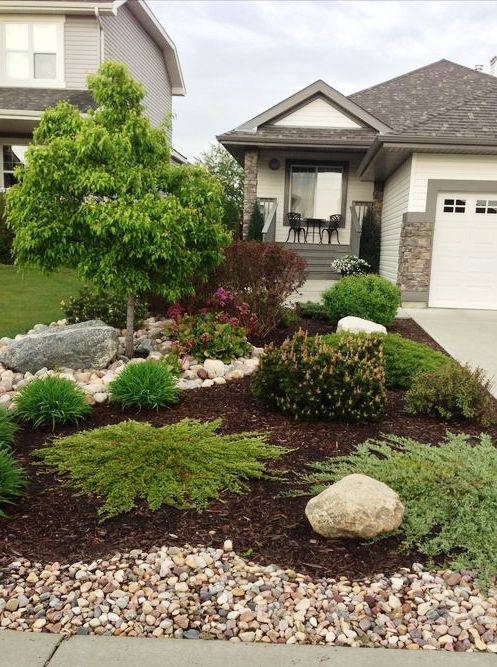
Readers Digest Condensed Version of this Article
Layer flowerbeds from tall to small.
Add year-round interest to the landscape using the 20% rule.
Plant Perennial & Annual Flowers together for more accessible gardens.
Ornamental grass and evergreens add dimension and exciting textures.
Greenscape define the living plants in the yard.
Hardscaping is everything non-living, like irrigation and retaining walls.
Use Yavapai Friendly Plants to lower water use and maintenance.
Plant animal-resistant plants.
Feed landscapes with 7-4-4 All Purpose Plant Food before Halloween.
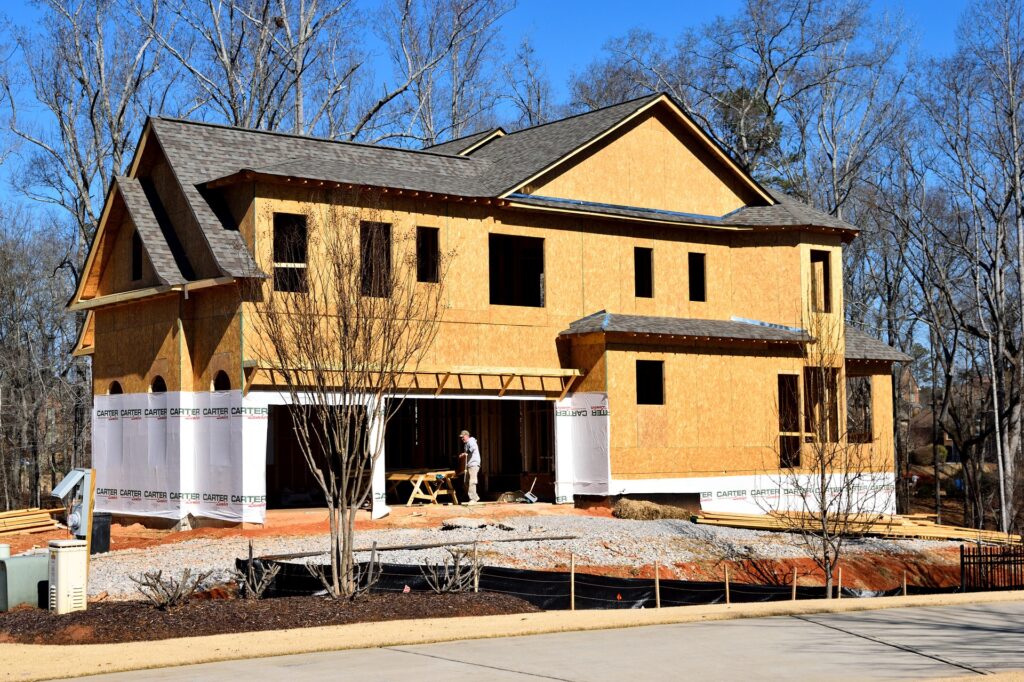
You moved to the area and bought a new home. The front yard package included a tree, three shrubs, and a boulder, and the back yard is a blank slate. The front yard is often dull at best, and the back is nothing but mud in the monsoon rains; where does anyone start?
There are so many variables to this question like budget, skills, your personal design tastes, how the space is used, and more. At Watters weekly garden class, we covered these 8 steps to better landscape design that answered the question. I hope at least one helps:)
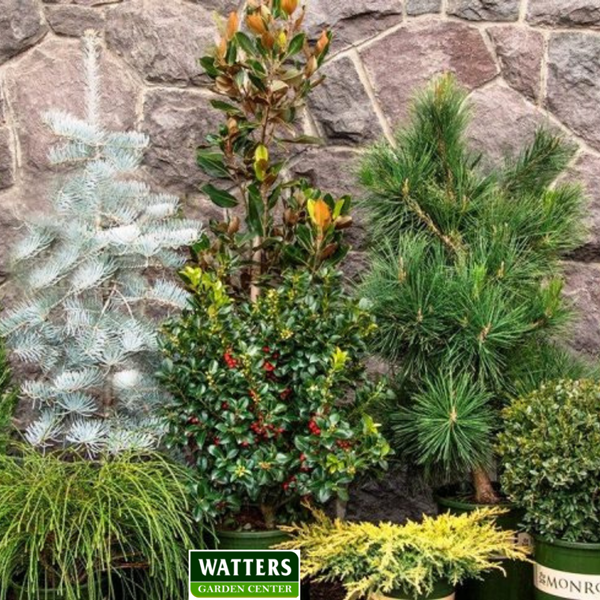
Here’s a can’t-miss tip for beautifying your yard: make sure you’re providing something of interest in each of the four seasons. I call it the 20% rule. 20% of your landscape plants should bloom spring, 20% in summer, 20% should have vivid autumn color, 20% should anchor your landscape as winter evergreens, with the last 20% going to whatever tickles the fancy of you as a gardener. The goal is to have flowering trees or shrubs throughout spring and summer, fall foliage in Autumn, and good evergreens in winter.
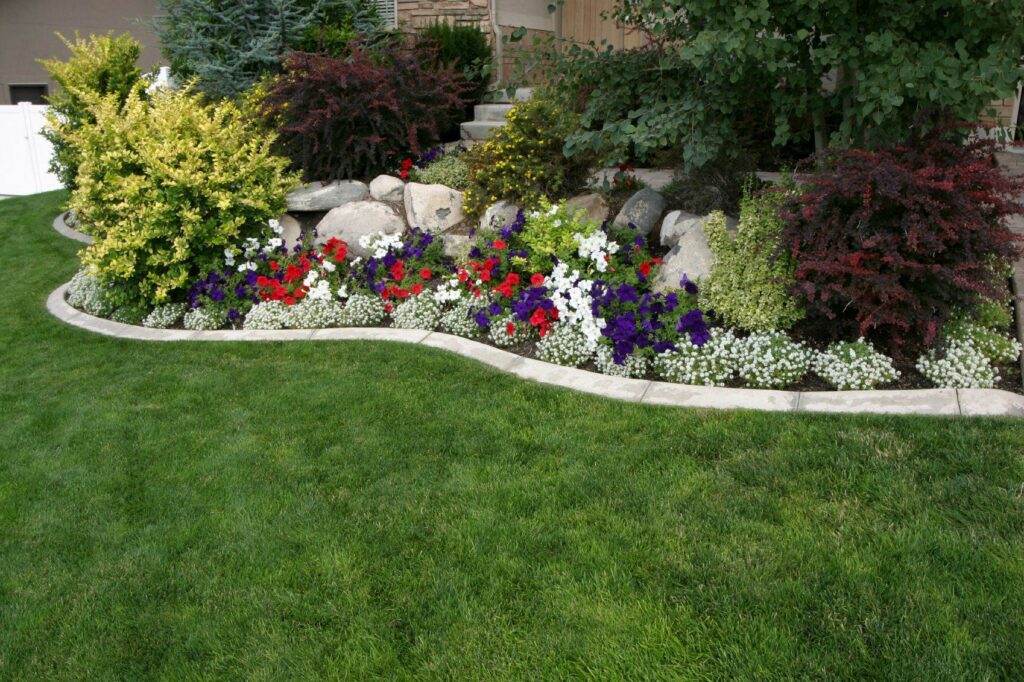
Flower Beds Layered from Tall to Small
Blend Perennial and Annual flowers together for less maintenance. Layer your flowers in three rows. The back row with taller plants, the middle row with the next tallest, and a front-row with your shortest bloomer. Use repetition, both in the planting bed and elsewhere in your yard, to provide unity. What exactly is a Perennial?
Continuity and Consistency
Many design tips focus on deciduous trees and shrubs. They forget evergreens and plants prized as much or more for their foliage as for their flowers. The deciduous specimens provide more color and variety, with evergreens offering continuity. Blend both into your yard for interest every month of the year.
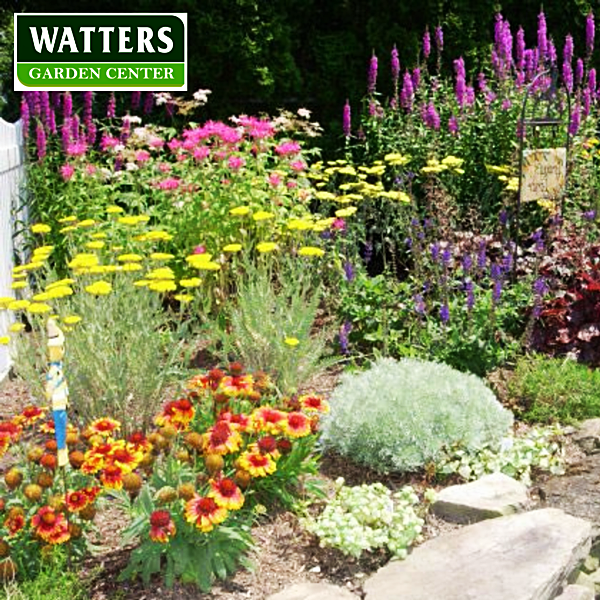
Plant Perennials Color with Annual Highlights
Perennial flowers are fantastic for color that comes back year after year, but they bloom only so long. Often perennials bloom in May, then nothing until July. Incorporating annuals into a do-it-yourself landscape plan fill the laps, giving you continuous color through the gardens. Additional Garden Inspiration.
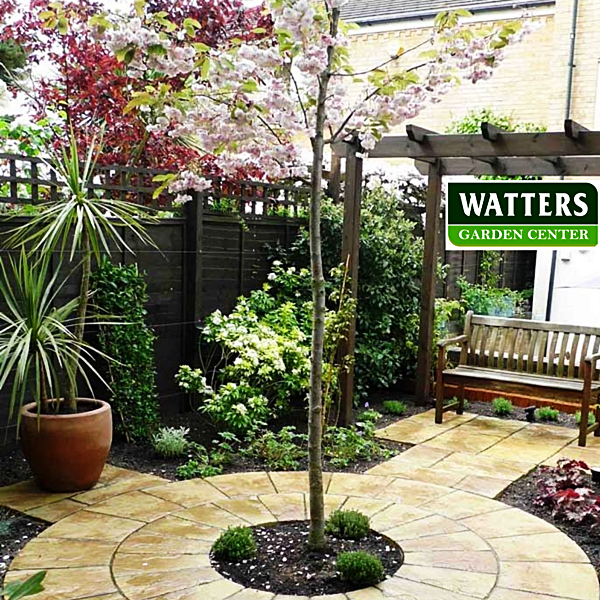
Hardscape
Don’t restrict your landscape to plants. Include hardscape features as well. Walls and fences make an essential design statement as they frame your property. Arbors are another important hardscape feature inviting you to different parts of the garden. Patios and decks provide transitions from indoors to outdoors. In designer terms, green scapes define the living plants in the yard, while hardscaping is everything non-living like irrigation, retaining walls, and ponds.
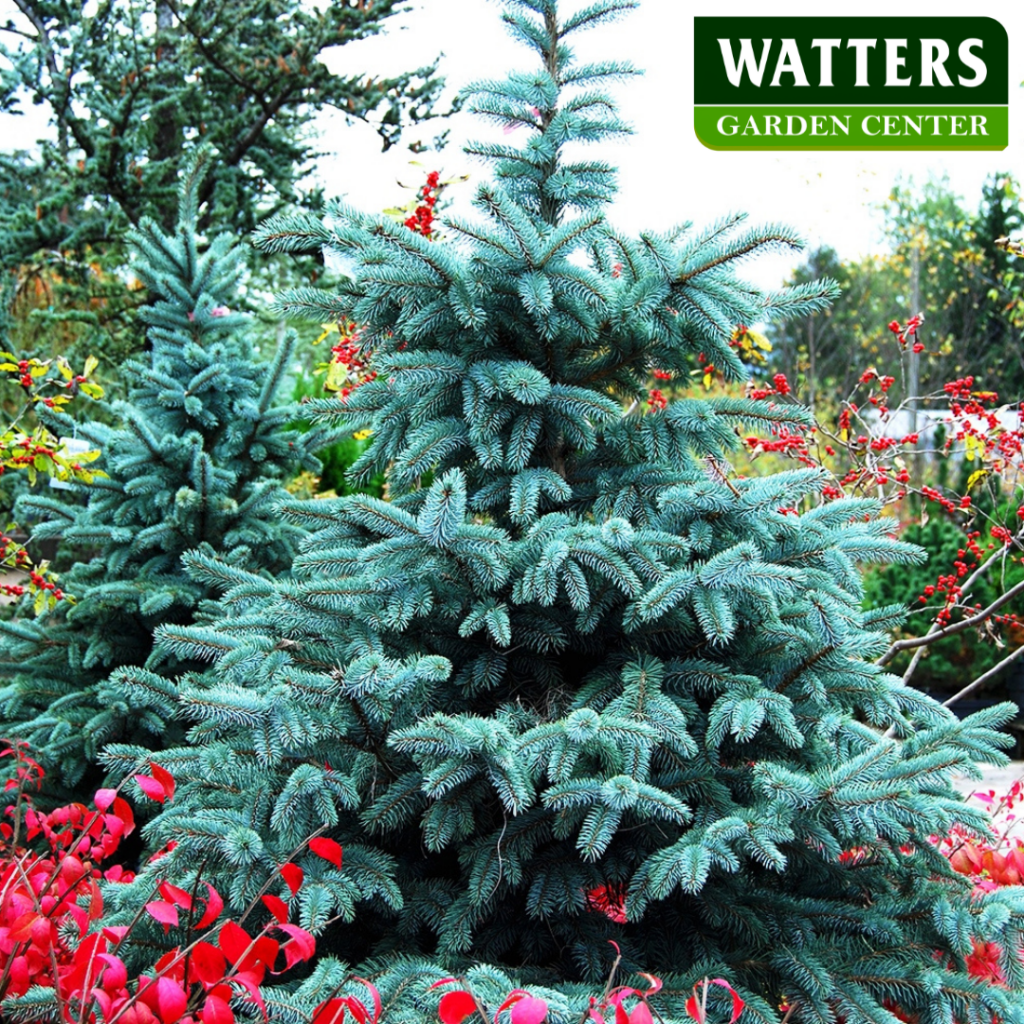
Textures & Form Simplified
No plant highlights the holiday more than front yard spruce decorated with twinkle lights. Evergreens rarely bloom but add exciting layers and interest to any landscape. Ornamental grass is another underutilize beauty. They flow harmoniously create movement throughout the garden in a myriad of colors. The autumn plumes are simply frosting to the yard’s textures.
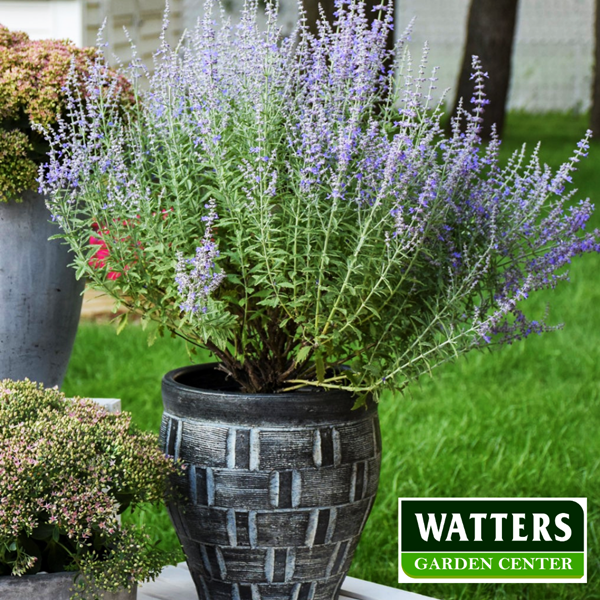
You can have a stunning landscape without being a slave to weekly maintenance. Beautiful or not, you’ll resent the yard if it’s work. Plan your design for low maintenance. Here’s a list of Plants that Need Less Water.
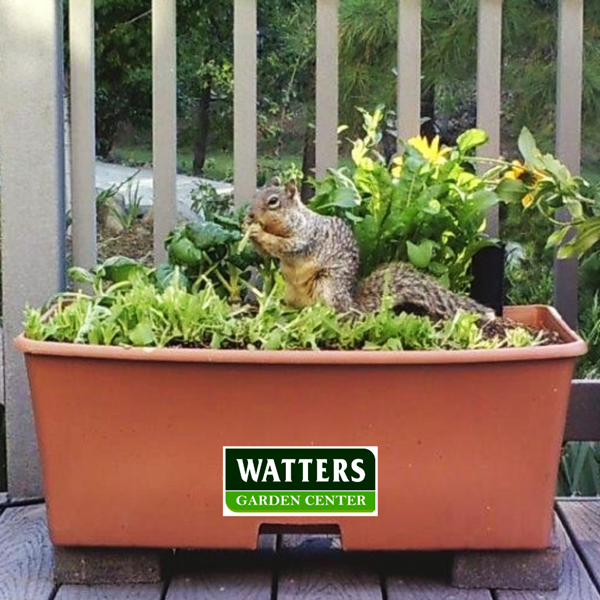
Drought and Animal Resistant Plants
Many novices DIY designers start with high hopes in spring, only to have them dashed by summer heat and javelina that dig up your new garden. Drought-hardy plants use less water and have already been mentioned. Many plants naturally resist deer and rabbits in the garden as well.
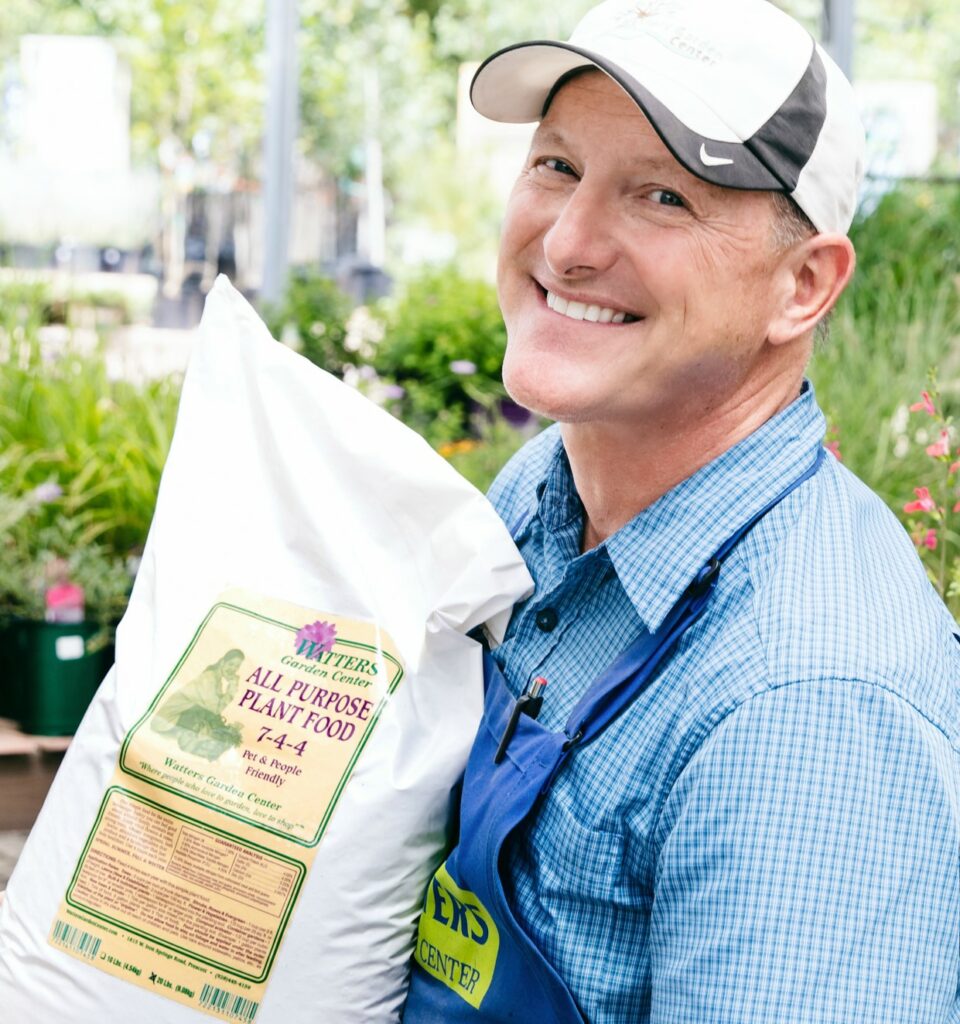
Fall Feeding
The most important feeding of the year is Autumn. This is especially true for young landscapes. Feed everything in the yard with Watters 7-4-4 All Purpose Plant Food before Halloween. This brings out the fall flowers and autumn colors. More importantly, your evergreens will maintain their rich green colors through winter and provide better growth next spring. How to Feed Your Landscape.
If you have been waiting to plant, don’t. Autumn is an ideal time to plant, especially fall colored trees, large evergreens, and privacy shrubs.
Until next week, I’ll be helping locals design better landscapes here at Watters Garden Center.
Throughout the week, Ken Lain can be found at Watters Garden Center, 1815 W. Iron Springs Rd in Prescott, or contacted through his website at WattersGardenCenter.com or Top10Plants.com.

